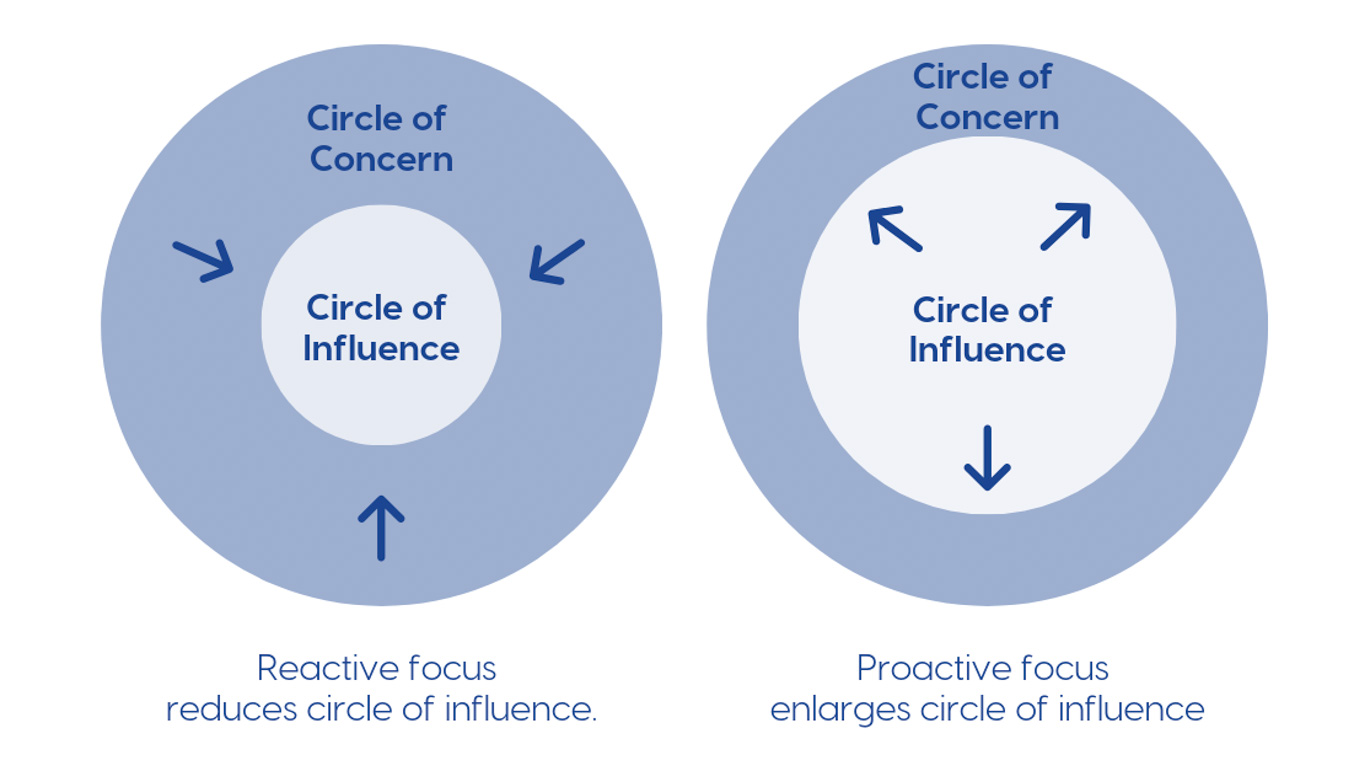Olfa Hamdi explains how predictability-based assurance can lead to more predictable capital project costs
The first step to achieving more predictable capital project costs is to understand that predictable project delivery boils down to behavior. Leaders must set clear expectations, so the entire team understands that predictability is paramount. Then, every person working on the project, from the in-house team to the sub-contractor, must work to adopt a predictability mindset. But how can we know if we’re achieving this goal?
Capital project costs can be a powerful diagnostic tool. From the very outset, they can help you understand whether you’re on track to deliver your project on-time and on-budget. They can also point the way to more predictable project delivery. The key to leveraging this tool — and gaining the benefits of predictability-based assurance — is to expand the way you think about project costs. Here’s how.
Focus on your circle of influence
In his bestselling book, The 7 Habits of Highly Effective People, renowned management thinker Stephen Covey introduced the concept of the circle of influence. To refresh your memory, Covey posits that your circle of concern is much larger than your circle of influence. Those who focus their attention and resources on their circle of influence see their influence expand, while those focus on the circle of concern see their influence diminish.

In the context of a capital project, your many project costs fall into the circle of influence. These are the project costs you have the ability to control or influence. Project leaders who focus on these types of project costs will see their circle of influence grow. Practically speaking, that means costs could come under tighter control and become more transparent, supporting leaders in leveraging cost data as a transformative diagnostic tool.
The 3 Cost Categories Of Capital Projects
For our purposes here, there are three cost categories: external, combined and project costs. Categorizing costs is the first step to gaining predictability insights from them.
External Costs
These are costs over which you have little or no control. The best example is a commodity cost — if there is a sharp global increase in critical commodity costs, your project costs will go up. These types of context-related costs are in your circle of concern. Monitor them, of course, but do not make them your focus, because you cannot control them.
Combined Costs
Combined costs are those over which you have peripheral control. For example, an increased demand for custom engineered equipment will invariably increase lead times and, in most cases, increase project-related costs. These factors are largely out of your control, and so they are firmly in your circle of concern.
However, your response to these market conditions remains entirely within your team’s circle of influence. In this case, the obvious solution is to order the engineered equipment as early as possible. This seems simple, but in practice it can be an enormous organizational challenge, best addressed through a combination of Predictability Thinking™, Advanced Work Packaging and a construction-driven Project Execution Plan.
Project Costs
Project costs are those over which you have relatively full control. Costs associated with scope and design changes are an excellent example of these types of project costs. In many cases, the first step to bringing these types of costs under control is to apply Predictability Thinking™ , develop a clear Path of Construction (PoC), and then use that PoC as the basis for cost estimates.
Practically speaking, this means that instead of evaluating bulk piping quantities for the entire project, the estimator works with discrete project areas, providing a much more granular — and therefore more accurate — estimate of the amount of pipe required for the project. The devil is in the details, and by using right-sized scope elements, you’ll be able to improve your estimating accuracy.
This is entirely within your circle of influence, and it will help that circle grow.
Leaders must set clear expectations, so the entire team understands that predictability is paramount.
Olfa Hamdi Tweet
The Benefits Of Predictable Capital Project Costs
To solidify our understanding of how costs point the way to predictability, let’s take another example, this time from engineering estimates.
Ultimately, we want engineering estimates to reflect a reasonable, predictable engineering execution. To do this, you want your estimate to be derived from how you’re going to allocate engineering resources, and you want that allocation to actually reflect how it will support the construction sequence laid out in the PoC.
This means that project leaders who want a predictable estimate should not only be interested in a total estimate of engineering hours, but rather an estimate showing how the project will allocate engineering resources over the next 18 months.
This type of estimate can help answer a critical predictability question: Will this allocation of engineering resources support or delay construction? Also: To what degree is the project engineering construction-driven? As part of Concord®’s Predictability Package™, we supplement this cost-based assessment with a comprehensive analysis that looks at your engineering packages release plan, staffing and internal planning. We offer a score that can also be factored into the estimate, to further refine the analysis.
Why go to all this trouble? Because predictability ultimately comes down to behaviour; it is a state of mind for you, your team, and your contractors. If leaders don’t set up predictable expectations, they won’t see predictable behaviour. By looking at costs through the lens of predictability, and focusing our efforts on the circle of influence to improve cost and project predictability, capital project leaders can differentiate themselves in a competitive market and better ensure that their project can be delivered on-time and on-budget.
If you’re interested in achieving more predictable capital project costs and learning more about our approach to proactive, predictability-based assurance, please contact us!





